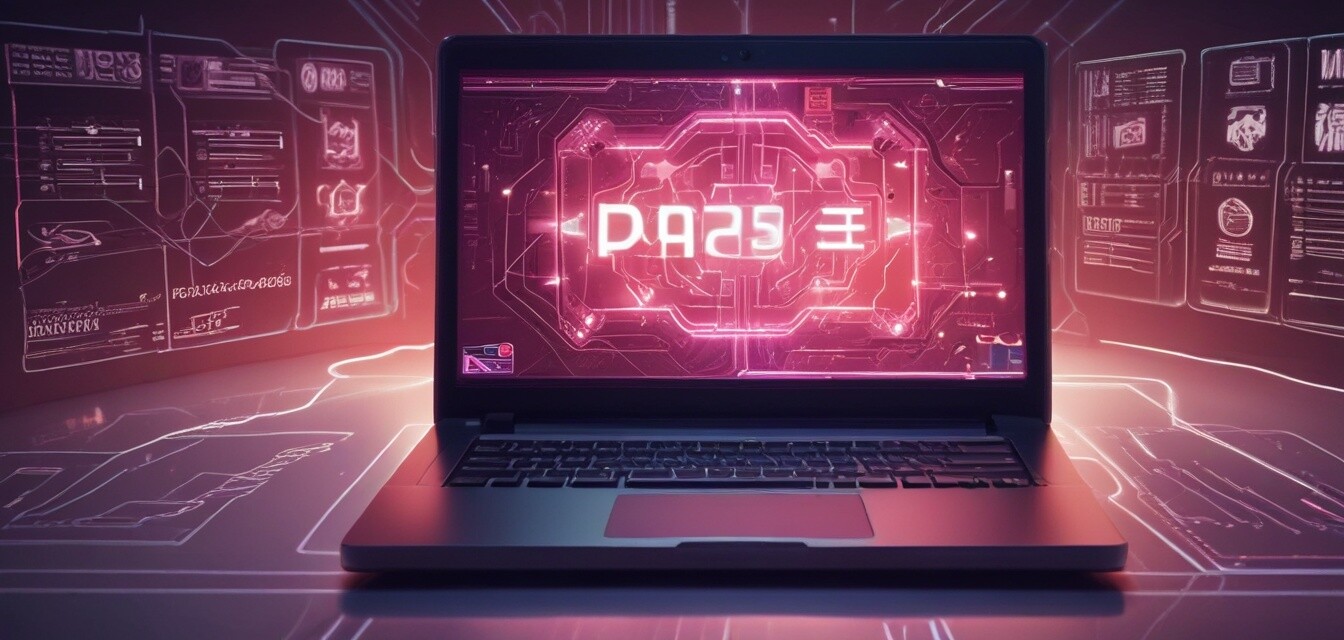
The Impact of AI on Laptop User Interfaces
- AI is revolutionizing user interfaces for laptops, making them more intuitive and personalized.
- Features such as voice recognition and gesture control are becoming standard.
- AI enhances productivity through smart recommendations and automation.
- Privacy and security concerns arise with the integration of AI technology.
- Staying updated with the latest AI trends in laptops is essential for informed purchasing decisions.
The evolution of technology has always played a significant role in enhancing the user experience. The latest revolution in this space is the integration of artificial intelligence (AI) into laptop user interfaces. As we delve into this technological shift, we'll explore how AI is not only changing how we interact with our devices but also revolutionizing the overall computing experience.
How AI Enhances User Interactions
AI offers a myriad of improvements to user interfaces (UI) on laptops. These advancements range from increased efficiency to enhanced accessibility, and they shape the way we utilize our devices daily.
Voice Recognition Technology
One of the notable advancements is voice recognition technology. Users can now interface with their laptops through voice commands, which allows for a hands-free experience. This is particularly beneficial for multitasking or for users with accessibility needs.
Gesture Control
Similar to voice recognition, gesture control is another innovative development. Users can navigate their laptops through physical movements, paving the way for a more interactive experience. This feature utilizes AI to interpret user gestures, translating them into actions on the screen.
Personalized User Experiences
AI-driven algorithms analyze user behavior, adapting the interface according to preferences and habits. This personalization extends to recommendations, shortcuts, and accessibility features.
| Feature | Description | Benefits |
|---|---|---|
| Voice Recognition | Allows users to control their laptop using voice commands. | Hands-free operation, ease of access. |
| Gesture Control | Interact with the laptop through physical movements. | Intuitive control, engaging experience. |
| Predictive Typing | AI suggestions for completing sentences or words. | Boosts typing speed, reduces errors. |
| Adaptive Display Settings | Adjusts screen brightness and contrast based on environment. | Improved visibility, energy savings. |
AI and User Productivity
AI not only augments the interface but also serves as a powerful tool for enhancing productivity. From automated task management to intelligent suggestions, the integration of AI optimizes workflows for users.
Task Automation
Routine tasks can be automated, allowing users to focus on more complex activities. For example, email categorization, scheduling, and even document filing can be managed through AI, saving time and effort.
Smart Recommendations
AI analyzes user behavior to make smart recommendations, such as relevant apps, settings adjustments, or tools that can enhance productivity. This results in a more tailored experience for each user.
Privacy and Security Considerations
With the rise of AI technology comes an increased need for privacy and security. Concerns about data collection and usage have become prevalent, requiring users to stay informed about their laptop's security measures.
Data Management
Users must understand how their data is being collected and used by AI-driven features. Reading the privacy policies and learning about data management tools can help maintain control over personal information.
Security Features
AI is also employed in enhancing security features, such as facial recognition encryption and anomaly detection for unusual activities. Awareness of these security features can empower users to utilize their devices more safely.
Emerging Trends in AI and Laptop Interfaces
As AI technology continues to evolve, so too will the way we interact with laptops. Keeping an eye on these trends can help consumers make better-informed choices when purchasing new devices.
Integration of Augmented Reality (AR)
The incorporation of AR into user interfaces promises an even more immersive experience. By superimposing digital information onto the physical world, users can interact with both simultaneously.
Enhanced Collaboration Tools
AI is paving the way for enhanced collaboration tools that facilitate team projects, making it easier to work in real-time across different locations. Features like smart scheduling and resource allocation are emerging in laptop interfaces, driven by AI capabilities.
Pros
- Increased efficiency in user tasks
- Enhanced accessibility features
- Intelligent and personalized user experiences
- Time-saving automation capabilities
Cons
- Privacy and data security concerns
- Potential for technological dependence
- Learning curve for some advanced features
- Compatibility issues with older software
Conclusion
The impact of AI on laptop user interfaces is undeniable, offering a wealth of opportunities for enhancing user experience. As technology continues to evolve, it's crucial for users to stay informed about the latest trends. By understanding these advancements, users can effectively leverage AI to improve both their productivity and overall interaction with their devices. For more insights into news and trends in the tech world, stay tuned to our latest articles!